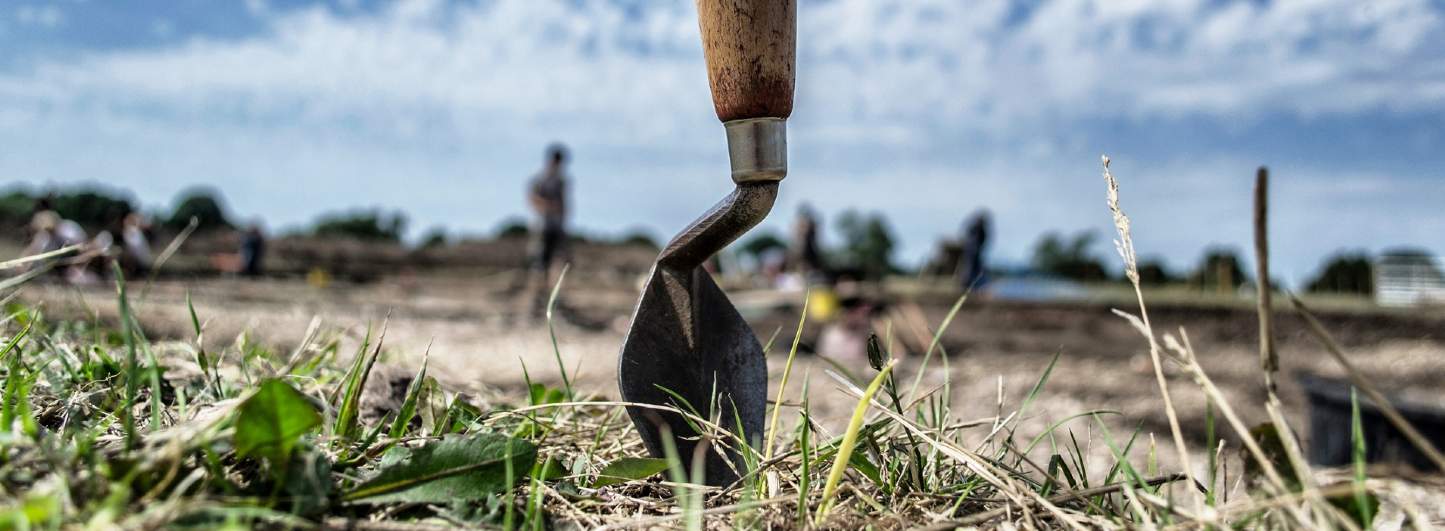A common perception of archaeology in the planning process is that it is a barrier to development, preventing progress and halting schemes. The reality could not be further from this myth.
The aim of this short blog series is to give an insight into how archaeology fits into the planning process and to dispel some of the misconceptions surrounding it by providing an understanding of its various parts. The hope is that this will help developers, of whatever scale, plan for archaeological investigations and de-risk archaeology (to an extent) as part of future projects.
New development can contribute to an understanding of the past
As a nation we are fascinated by the history of the land, a fact clearly demonstrated by the popularity of TV shows such as Time Team, Digging for Britain and Detectorists. Archaeology within development is an opportunity for discovery and engagement.
Archaeology can contribute to public support for development
Investigations can provide a wealth of previously unknown information about an area, enriching local communities, and contributing to overall archaeological understanding of the county and/or country as a whole. As such, archaeology can help contribute towards a positive public perception of a proposed development.
In the UK, archaeology has been part of the planning process since 1990 and the value of the archaeological resource is recognised in national and local planning policies. In England, the Ancient Monuments and Archaeological Areas Act (1979, as amended) and the Planning (Listed Buildings and Conservation Areas) Act (1990) are the two key pieces of law pertaining to the treatment of archaeological remains, in particular, the categories of remains that are protected in law such as Scheduled Monuments. Section 16 of the National Planning Policy Framework (NPPF, updated December 2023) sets out the national planning policies on the conservation and enhancement of the historic environment.
A presumption in favour of preservation
Ultimately, archaeological investigations are a destructive process so excavation of the remains must only take place if the gain of the development outweighs that loss – the presumption is always in favour of preservation in situ, that is leaving the remains in the ground, untouched. But this does not mean that the presence of archaeology, or the act of undertaking archaeological research and investigations as part of a scheme would preclude that development – far from it. The role of county archaeologists within local planning authorities (LPAs) is to ensure that the correct levels of archaeological research and investigations are being undertaken and to ensure that any beneficial design adjustments are made to schemes to avoid the most sensitive archaeological remains. The role of archaeological consultants, such as those of us in the Savills Heritage and Townscape team, is to help clients navigate the archaeological requirements throughout their planning applications and the course of building their scheme.
Throughout this blog series, I will provide an insight into the world of archaeology and planning, covering predetermination requirements, archaeological planning conditions and what happens next; the different types of archaeological investigations that may be required, and the various documents involved such as Written Schemes of Investigations.
Further information
Contact Dr Rachel Scrutton









.jpg)
.jpg)